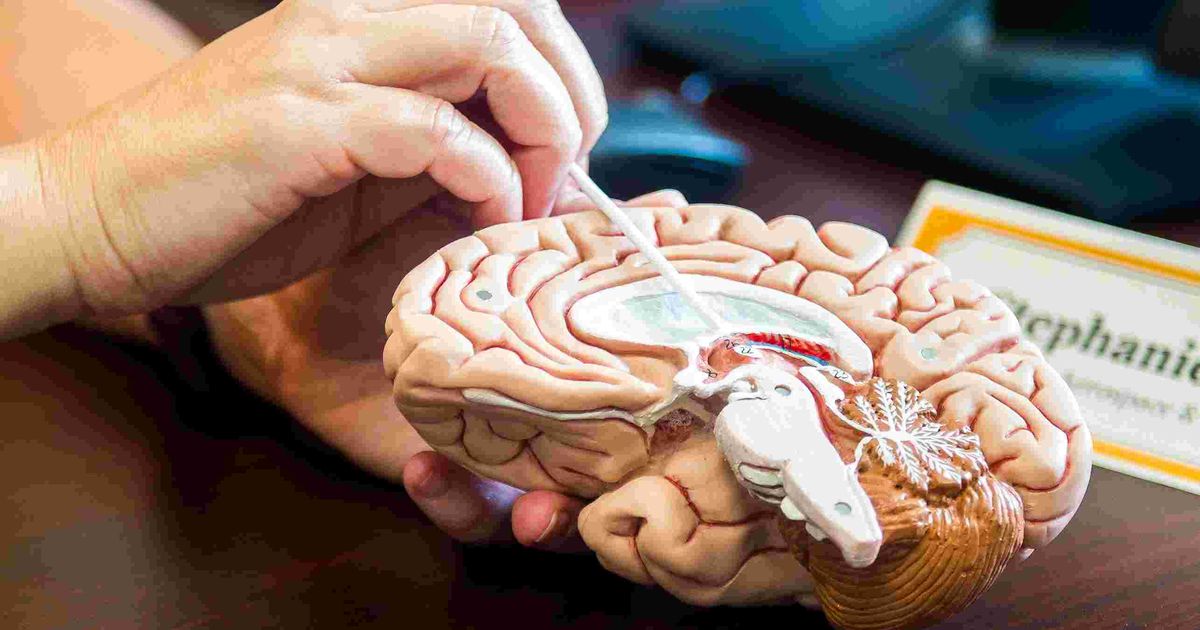How To Manage Akinesia
An abnormal movement called akinesia occurs when individuals cannot move the way they want to. Patients may notice it in any combination affecting their balance, posture, or walking. It may be patients are actually moving, but their movement is so slow they just can't see it. But, it may also be their nerves fail to transmit timely movement intentions to their muscles. That is, innervation is slowed or interrupted within the nervous system connecting muscle to brain. In the case of constant tremor as in Parkinson's disease, the muscle command to move may have to originate between tremors causing muscle commands. Akinesia is not a thinking problem. It is a motor control management problem traced to the motor cortex. Get to know how to manage akinesia now.
Implantable Stimulators

Twenty-two years ago deep brain surgery was approved to treat abnormal movement associated with Parkinson's disease. The surgeon uses a combination of MRI or CT scans and brain cell monitoring to insert an implantable pulse generator into the brain, usually in the thalamus, subthalamic nucleus, or globus pallidus interna. This device contains a lead electrode inserted through the skull into the area interfering with movement generation. The lead is extended under the skin through an insulated wire to the device's stimulator component. A subcutaneous battery pack serving the stimulator is typically implanted near or below the collarbone. This nerve stimulator's task is to interfere with those nerve transmission problems of akinesia and block abnormal nerve signals to muscles at their source. Patients who have been candidates for the procedure may have full mitigation of their movement complaints or a reduction of medication dose. Risks, though not common, of implantable stimulators, include cranial bleeding, stroke, infection, or anesthesia side effects.
Understand more treatments for akinesia now.
Get Regular Exercise

Many daily activities involve the use of motor nerves. Everyone has routine behavior patterns developed over lifetimes and often call these to action automatically without conscious thought. It appears the motor controller in the brain calls on these resident patterns routinely. Metabolic issues, as in Parkinson's disease and availability of dopamine, may interfere with the implementation of those patterns, causing akinesia. Akinesia disrupts the application of the pattern to the muscles when the brain attempts to activate the engram coding the desired movement. Interference in Parkinson's disease appears at the basal ganglia. To bypass the basal ganglia, intentional movement needs to rely on higher levels of thinking.
Occupational therapy potentially offers exercise training that accomplishes the segregation of multitasks into separate smaller components as a reasonable bypass strategy in this regard. By establishing cues for regular activities to be removed from the multitask mode, akinesia is bypassed as the single task mode begins to work. If cue development utilizes alternative motor pathways efficiently for a person, cognitive and sensory attention strategies can be internalized. To get regular exercise in this manner involves establishing a positive attitude, mental rehearsal, internal dialogue, and visualization.
Learn more about managing akinesia now.
Take Coenzyme Q10

We know coenzyme Q10 is a component of every cell in the body. We also know the cell controller in the mitochondria manages electron transport via coenzyme Q10. It has a role as an antioxidant as it controls cell membrane stability and ultimate death of the cell. Coenzyme Q10 insufficiency is associated with encephalomyopathy, cerebellar ataxia, and myopathy. Patients with these disorders have shown improvement by taking coenzyme Q10, which does mediate some lipid metabolism and has been employed in the intervention of heart and circulatory diseases. It has also been shown taking coenzyme Q10 has helped with Parkinson's disease and similar conditions, particularly with akinesia.
Ongoing trials for its efficacy are underway. There is much conjecture over coenzyme Q10 use, but objective medical data for use in nervous system problems like akinesia have yet to be definitively established.
Uncover more ways to help manage akinesia now.
Take Recommended Medication

Commonly, akinesia has been treated with levodopa along with carbidopa. The two interact and minimize side effects of the drugs taken singularly. Their akinesia mitigation results from the body's conversion of levodopa into dopamine. The conversion relieves muscle cramps along with tics and tremors. Lidocaine and hyalase have also been reported to be effective in akinesia. If patients are depressed and taking a monoamine oxidase inhibitor, they may have an interaction with dopamine. The inhibitor changes how the body processes internal dopamine resources. Injections of botulinum have been used to micromanage akinesia, but this is not medication patients would typically take.
Get the details on another option for treating akinesia now.
Acupuncture Therapy

Peripheral stimulation is applied to the nervous system at its endpoint. Acupuncture and electrical stimulation have been used for this stimulation purpose. The idea is simple. If akinesia occurs at the end of the nerve pathway, why not stimulate the afferent pathways to try to affect the efferent pathways back at their starting point? Many original studies have been done to assess the efficacy of acupuncture therapy, but evidence of real success in dealing with maladies like akinesia is mixed, primarily because of poor study designs. Electrical stimulation at the spinal column may also have some merit, but further study is required.